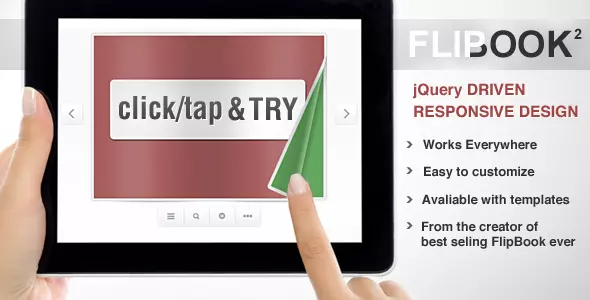
Course Introduction:Ten excellent jQuery flip effects plugins allow your HTML content and images to achieve 360-degree flip animation effects, using the transform and rotate attributes of jQuery and CSS3. These plugins are perfect for displaying your portfolio, come and try it out! Related recommendations: 15 amazing jQuery animation design plugins 10 Very Attractive JQuery Widgets Paid Products – Responsive page turn book based on jQuery Completely based on HTML and jQuery, no Flash player required. Supports desktop and mobile devices! Portfolio flip slider based on jQuery and CSS3 Click the paging button to trigger the slider to flip, each time
2025-02-25 comment 0 1262
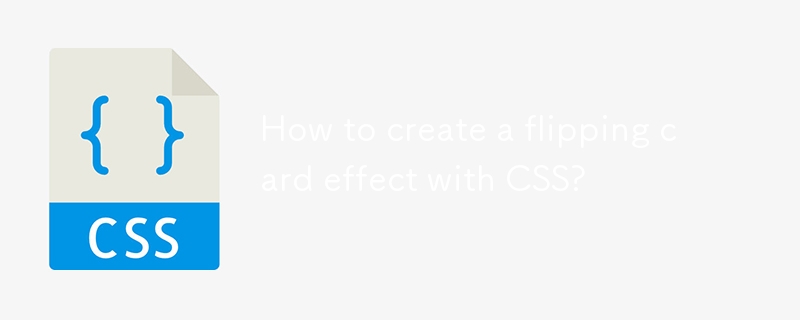
Course Introduction:To create a CSS flip card effect, first use an HTML structure to include the front and back sides, and then use CSS to achieve 3D flip. 1. Create an HTML structure containing .card-container, .card, .card-front and .card-back; 2. Set perspective for .card-container in CSS to create 3D space, set transform-style:preserve-3d and transition effects for .card, and apply rotateY (180deg) to achieve flip when:hover; 3. Set absolute positioning for .card-front and .card-back.
2025-08-01 comment 0 655
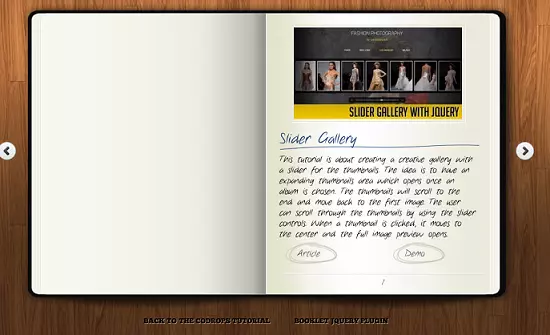
Course Introduction:This jQuery Moleskine Notebook animation, a slick "flash page layout" style page flip effect, showcases jQuery's power, flexibility, and speed. It leverages the jQuery Booklet Plugin. Advantages of this jQuery Notebook Animation: Lightwei
2025-03-04 comment 0 765
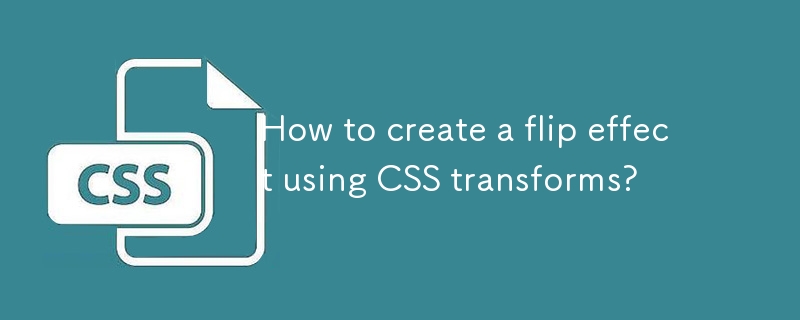
Course Introduction:To create a CSS flip effect, the key is to use transform-style:preserve-3d and rotateY() or rotateX() functions in combination. 1. Build an HTML structure and simulate a card with a container containing the front and back sides; 2. Use CSS to locate the front and back sides and set backface-visibility:hidden to hide the content on the back; 3. Trigger the flip animation through:hover pseudo-class or JavaScript to achieve an interactive flip effect.
2025-06-27 comment 0 949

Course Introduction:To create a flipped card effect using CSS, the key is to utilize 3D conversion and cascade control. The specific steps are as follows: 1. Build an HTML structure, set the outer container card-container and the internal front and back faces; 2. Set the style, open the 3D space through perspective, use transform-style:preserve-3d to maintain the 3D effect of child elements, and hide the back content through backface-visibility:hidden; 3. Use:hover pseudo-class or JavaScript to trigger the rotateY transformation to achieve flip animation; 4. Adjust the card size, shadow and other details to enhance the visual effect and intersect
2025-07-31 comment 0 725
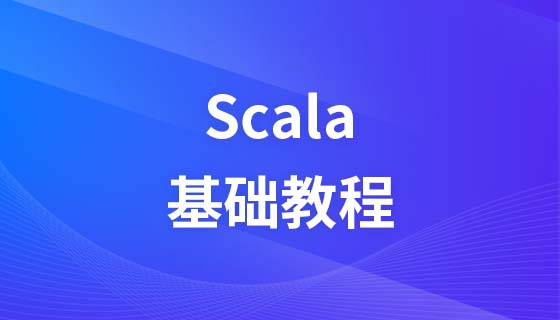
Course Elementary 13825
Course Introduction:Scala Tutorial Scala is a multi-paradigm programming language, designed to integrate various features of object-oriented programming and functional programming.
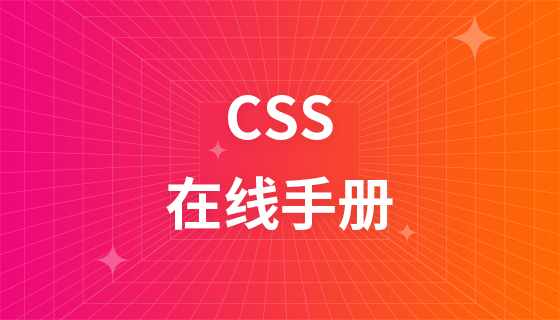
Course Elementary 82361
Course Introduction:"CSS Online Manual" is the official CSS online reference manual. This CSS online development manual contains various CSS properties, definitions, usage methods, example operations, etc. It is an indispensable online query manual for WEB programming learners and developers! CSS: Cascading Style Sheets (English full name: Cascading Style Sheets) is an application used to express HTML (Standard Universal Markup Language).
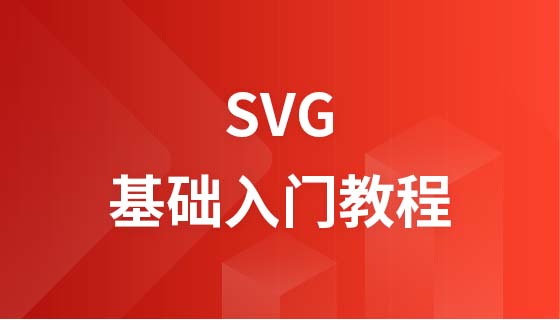
Course Elementary 13181
Course Introduction:SVG is a markup language for vector graphics in HTML5. It maintains powerful drawing capabilities and at the same time has a very high-end interface to operate graphics by directly operating Dom nodes. This "SVG Tutorial" is intended to allow students to master the SVG language and some of its corresponding APIs, combined with the knowledge of 2D drawing, so that students can render and control complex graphics on the page.
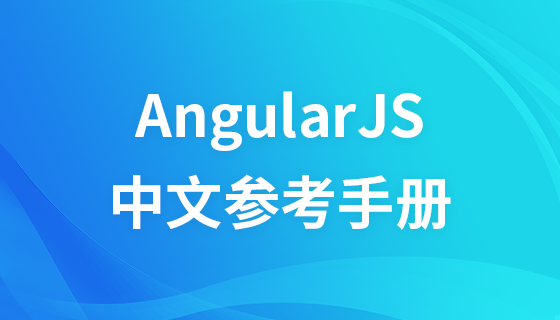
Course Elementary 24630
Course Introduction:In the "AngularJS Chinese Reference Manual", AngularJS extends HTML with new attributes and expressions. AngularJS can build a single page application (SPAs: Single Page Applications). AngularJS is very easy to learn.

Course Elementary 27488
Course Introduction:Go is a new language, a concurrent, garbage-collected, fast-compiled language. It can compile a large Go program in a few seconds on a single computer. Go provides a model for software construction that makes dependency analysis easier and avoids most C-style include files and library headers. Go is a statically typed language, and its type system has no hierarchy. Therefore users do not need to spend time defining relationships between types, which feels more lightweight than typical object-oriented languages. Go is a completely garbage-collected language and provides basic support for concurrent execution and communication. By its design, Go is intended to provide a method for constructing system software on multi-core machines.
Laravel Modal does not return data
2024-03-29 10:31:31 0 1 608
Can I use the automatic generation module of thinkphp5 in Windows 7 system? How to configure and use
2017-10-10 17:04:14 0 2 1408
2017-10-10 19:25:59 0 4 2965
To use mcrypt_get_key_size() in php study, how to enable mcrypt_
2017-10-10 19:47:34 0 1 1192
Detecting login status and preventing repeated login status in TP5 - My page is wrong
2017-10-10 22:49:15 0 0 1211